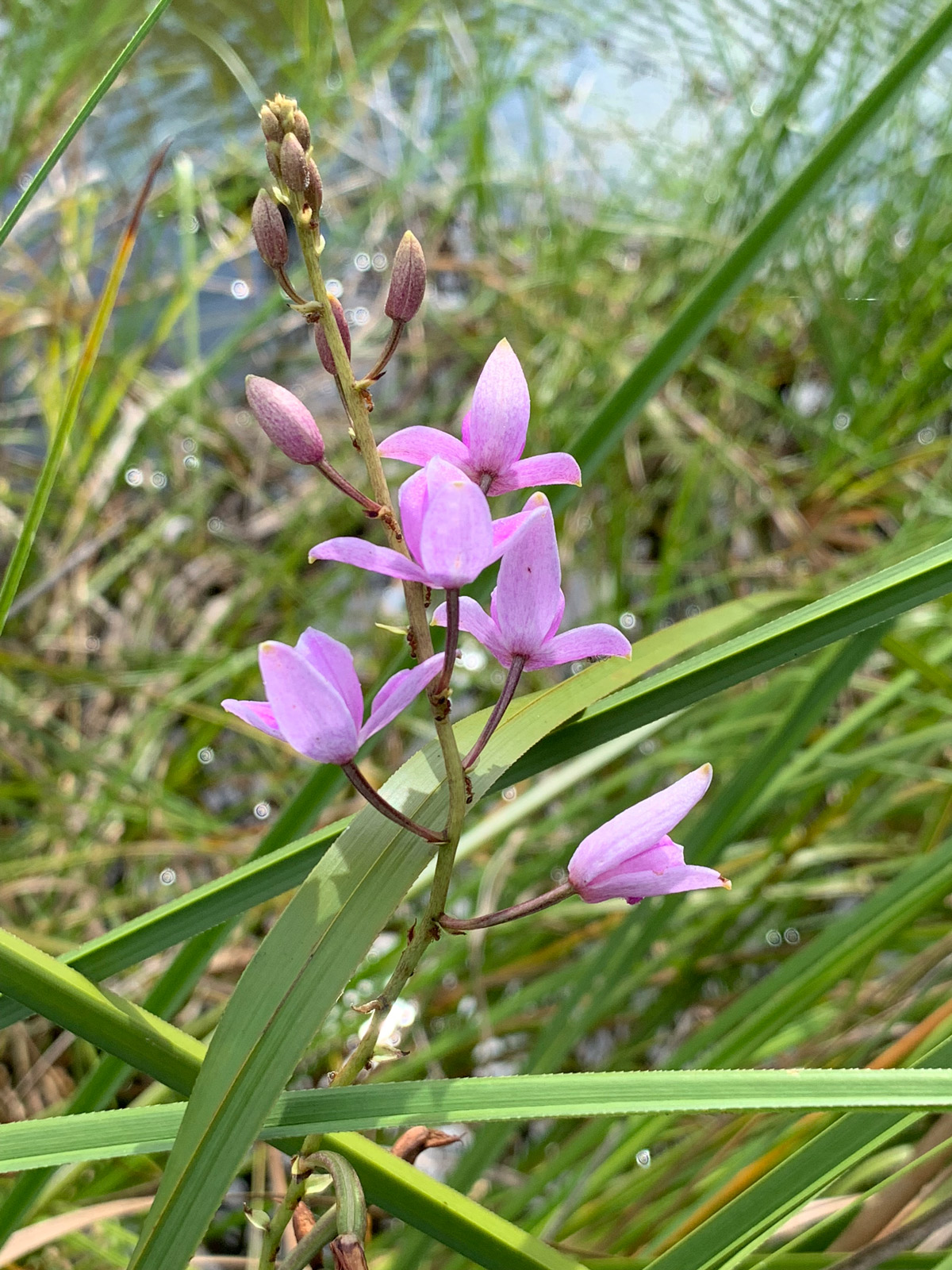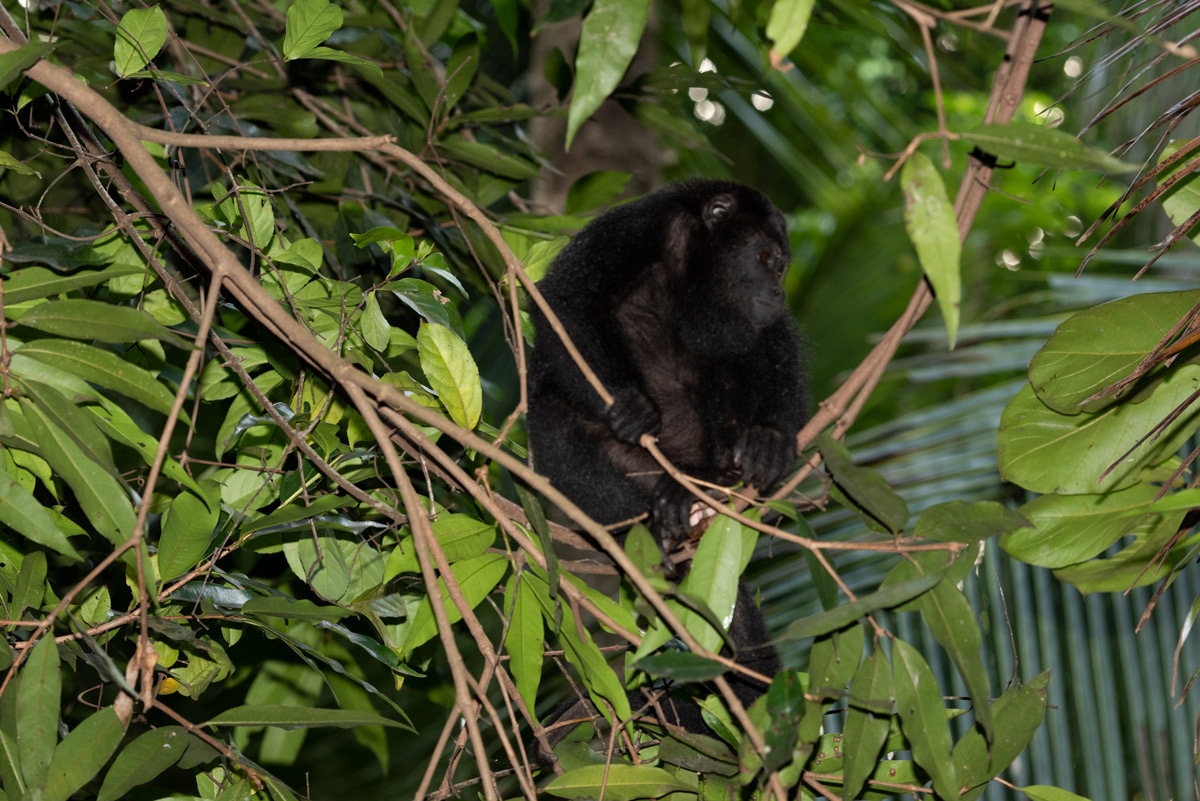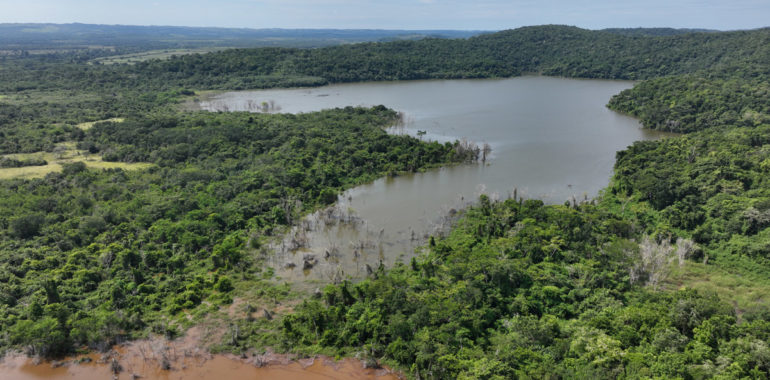Up to 40% of Earth’s biodiversity lives, breeds or depends on Wetland Ecosystems. However, 25% of wetland biodiversity is in risk of extinction. Biological diversity is essential to the equilibrium of life on Earth. With the ongoing destruction of several ecosystems disturbing this beautiful balance, the United Nations proclaimed May 22nd as the International Day for Biological Diversity as a way of raising awareness of its importance. Today, FLAAR has decided to dedicate this special post to a biodiversity treasure, Mesoamerica’s wetlands. This treasure bears not only the thousands of known and unknown species that make part of it, but also the complex relationship between them and our environment.
FLAAR’s passion for Wetlands
The FLAAR field research team, led by Dr Nicholas Hellmuth, has hiked and explored hundreds of miles of Mesoamerica’s wetlands throughout the years. Orchids, monkeys, waterlilies, birds, insects, arachnids and many other species have been photographed by our team during this time. We share this hidden treasure with the world in the form of high-quality photographs and reports on the interesting species and ecosystems we find, as a way of bringing attention to the wetlands’ vulnerable beauty.
As a “megadiverse” country, Guatemala has a vast biological and topographical diversity. The Departamentos of Petén and Izabal are areas with fascinating wetland ecosystems and have been a focal point for our team over recent years. This undisclosed beauty has made the entire team passionate about studying, photographing and preserving these ecosystems.

A quick story behind the International Day for Biological Diversity
The term “biodiversity” was first introduced in 1985 as “the variety of life on Earth and the natural patterns it forms”. Biodiversity is so important because all organisms are complexly interconnected, and changes to the species balance reduce the ability to survive of the ecosystem as a whole. While extinction is a natural process, human activities like habitat destruction and pollution have had a dramatic effect on biodiversity, increasing these extinction rates exponentially.
During more recent decades, this revealed the need to form a convention on biodiversity with guidelines to protect it. This is why, in the year 2000, the United Nations proclaimed May 22nd as the International Day for Biological Diversity. The purpose behind this idea started with the goal of raising awareness of the importance that biodiversity has in the equilibrium of life on Earth. Several guidelines were set to protect biodiversity and take action on the activities that threaten it.
What are wetlands?

The term “wetlands” is very broad, including all ecosystems where water is present either covering or near the soil. They are the link between land and water, a transition zone where water flow creates a cycling of nutrients making their soils extremely rich. Some of these areas are flooded during the whole year, while others flood during varying periods of time; some are found in coastal regions, while others are inland wetlands; they can be marine, estuarine, lacustrine or riverine ecosystems.
Swamps, sibales, mangroves, flooded savannas, riversides, humedales, etc; the factor they all have in common is that water saturation is a strong determiner of how soil develops and the types of plant and animal communities that live around it. This makes them home to a wonderful biological diversity. A unique combination of aquatic plants, animals that feed and drink near the shore and hundreds of species adapted to these flooded or saturated conditions.
Why are wetlands so important?
Up to 40% of Earth’s species live, breed or depend on wetlands, however, 25% of wetland biodiversity is in risk of extinction. As mentioned before, wetlands provide a habitat for thousands of species including aquatic and terrestrial plants, animals and fungi. From microorganisms to mammals, wetlands’ biodiversity is vast. In fact, they are one of the most productive ecosystems in the world, comparable to rain forests and coral reefs.
Wetlands produce great quantities of food that attract many animal species creating dynamic and complex food webs. This is due to a number of factors; for example, the combination of shallow water with abundant inorganic nutrients results in high rates of primary productivity (the amount of new plant biomass created by photosynthesis). This is ideal for organisms that form the base of the food web like insects, crustaceans and mollusks, which then provide plentiful food for larger organisms like reptiles, birds and mammals. As a result, numerous species of larger animals rely on wetlands for food, water and shelter; some as a permanent home and some specifically during breeding and migrating seasons.

Additionally to having complex and unique biodiversity, wetlands are also beneficial in many ways to the environment. They are valuable for many reasons like their capacity for water quality improvement, flood mitigation, erosion control in shoreline areas, and large amounts of carbon sequestration (process of capturing and storing atmospheric carbon dioxide). Actually, wetlands are one of the most carbon-dense ecosystems, meaning they store large amounts of carbon from the atmosphere and therefore play a crucial role in mitigating the negative effects of climate change.
Nevertheless, this carbon-sequestration ability acts as a double edged sword. Carbon is held in living vegetation as well as organic soils and sediments that build up over hundreds, even thousands, of years. When wetlands are disturbed or warmed, due to their high carbon-density, they release large amounts of greenhouse gasses back to the atmosphere. This accentuates the need for the environmental protection of wetlands.
How can we contribute to wetland conservation?
As mentioned earlier, wetlands are one of the most productive ecosystems on Earth, comparable to coral reefs and rainforests. Sadly, wetlands are disappearing almost three times faster than forests. Wetlands were actually once considered as “disease ridden” areas (with diseases like malaria and yellow fever) that had to be avoided. Nowadays, we are beginning to understand how important and beneficial these ecosystems are. This means that a first step to their conservation is education and conscientization of their importance.
Practical and individual suggestions include keeping the bodies of water and surface areas clean from pet waste, litter, toxic chemicals, fertilizers and oil; planting native species instead of exotic or invasive species; avoiding construction near wetlands.
Additionally, the Minnesota Board of Water and Soil Resources mentions the following community practices:

Bibliography
- 2016
- Wetlands and biodiversity, Values, Pressures and Opportunities. Commonwealth of Australia, Australian Department of the Environment. 3 pages.
Available online:
www.dcceew.gov.au/sites/default/files/documents/factsheet-wetlands-biodiversity.pdf
- 2018
- International Day of Biodiversity. National Geographic Society. 2 pages.
Available online:
https://education.nationalgeographic.org/resource/international-day-biodiversity/
- 2020
- Wetlands, an Encyclopedic entry. National Geographic Society. 3 pages.
Available online:
https://education.nationalgeographic.org/resource/wetland/
- 2023
- Glossary for Wetland areas of Livingston. FLAAR Mesoamerica. 61 pages.
Available online:
https://flaar-mesoamerica.org/wp-content/uploads/2023/03/Wetlands-glossary-for-Livingston-JG_.pdf
- 2020
- Ecosystem-level carbon storage and its links to diversity, structural and environmental drivers in tropical forests. Scientific Reports. 20 pages.
Available online:
www.nature.com/articles/s41598-020-70313-6
- 2010
- What is a Wetland? Definition and Categories. United States Government. 1 page.
Available online:
www.epa.gov/wetlands/what-wetland
- 2023
- What can you do to protect coastal wetlands? United States Government. 1 page.
Available online:
www.epa.gov/wetlands/what-you-can-do-protect-coastal-wetlands#:~:text=Keep%20surface%20areas%20that%20wash
,ecological%20balance%20of%20local%20wetlands
- 2015
- Wetlands, Functions and Values. United States Government, Distance Learning Modules on Watershed Management. 23 pages.
Available online:
www.epa.gov/sites/default/files/2016-02/documents/wetlandfunctionsvalues.pdf
- 2018
- Wetlands Disappearing Three Times Faster than Forests. Climate Change Division, United Nations. 1 page.

